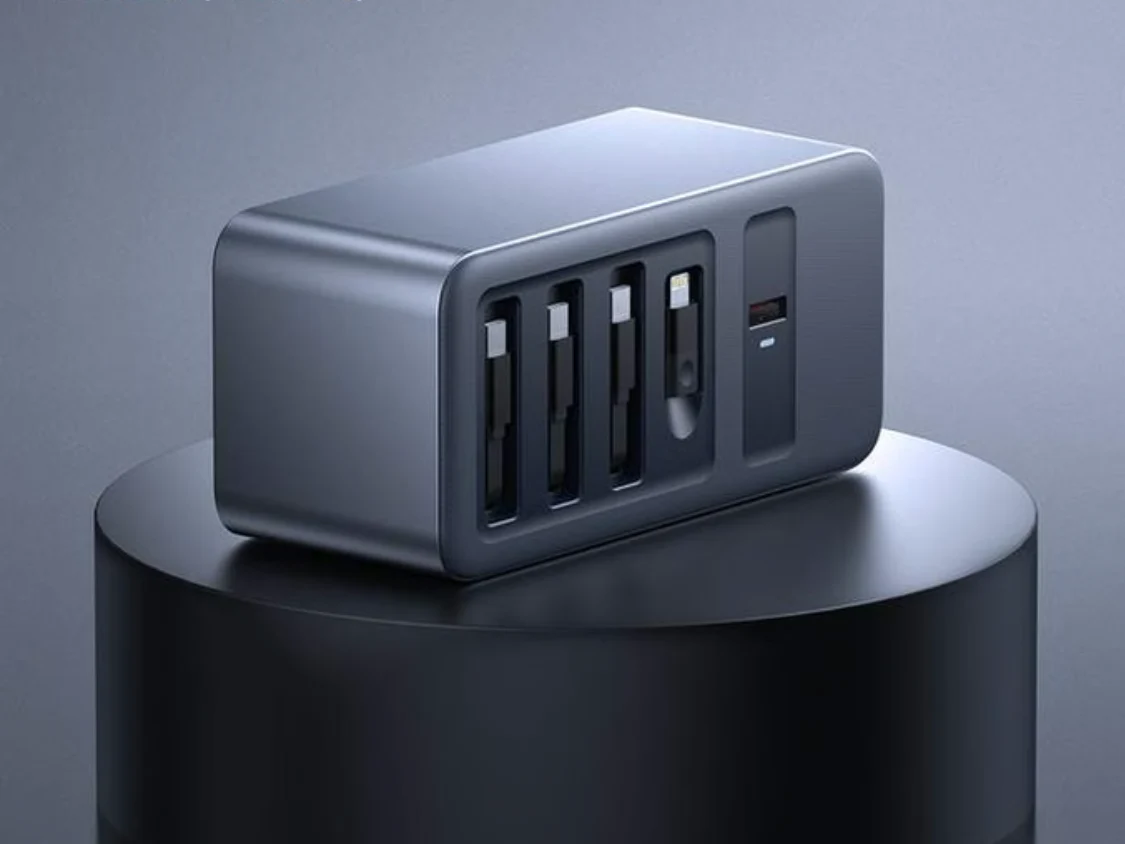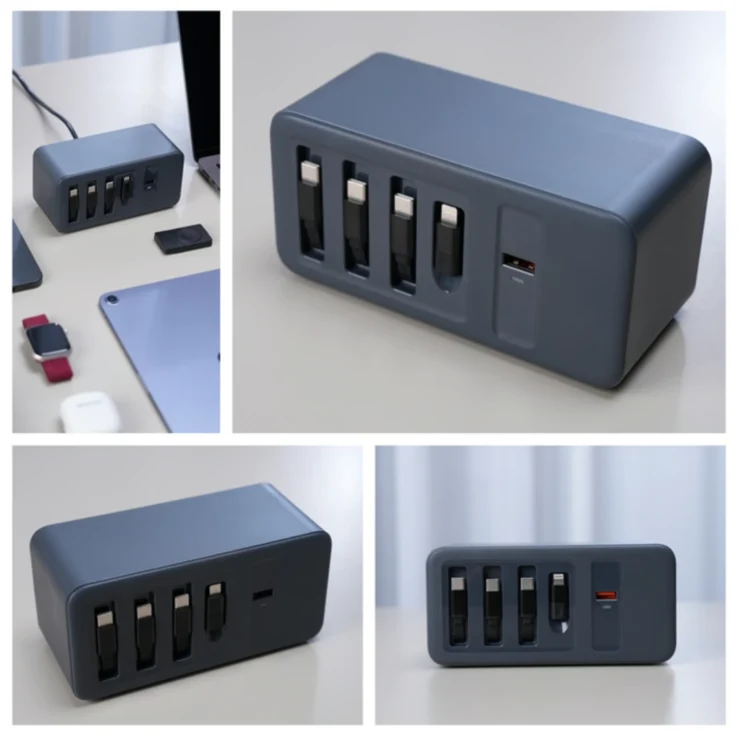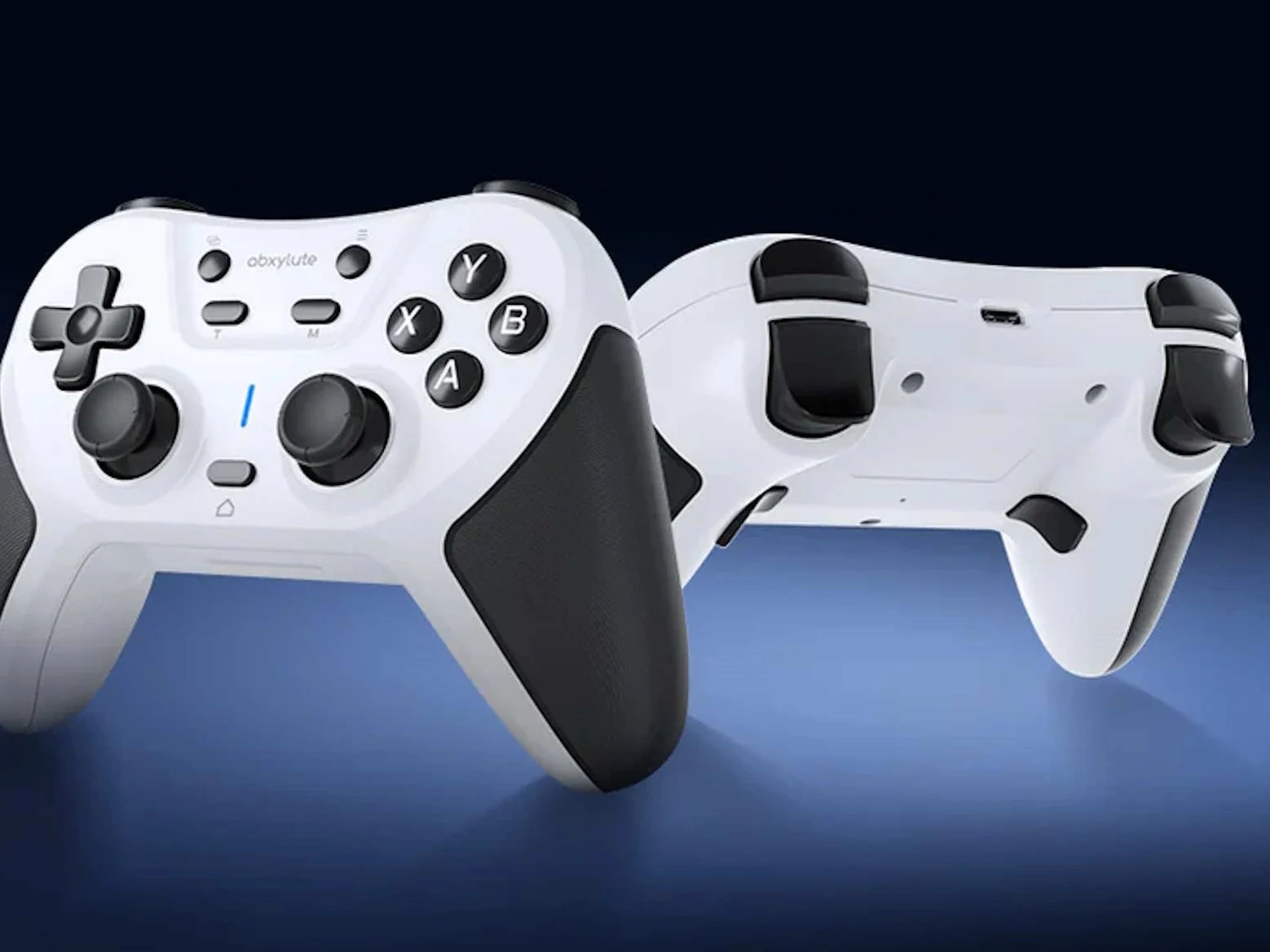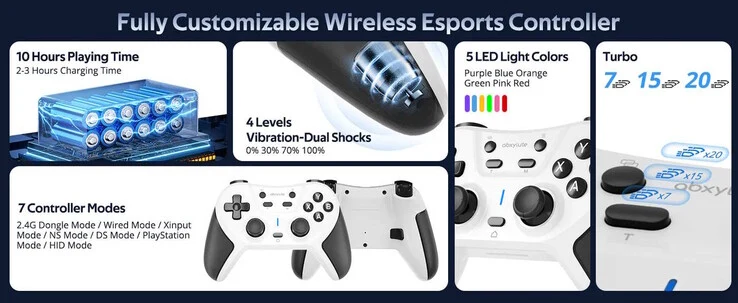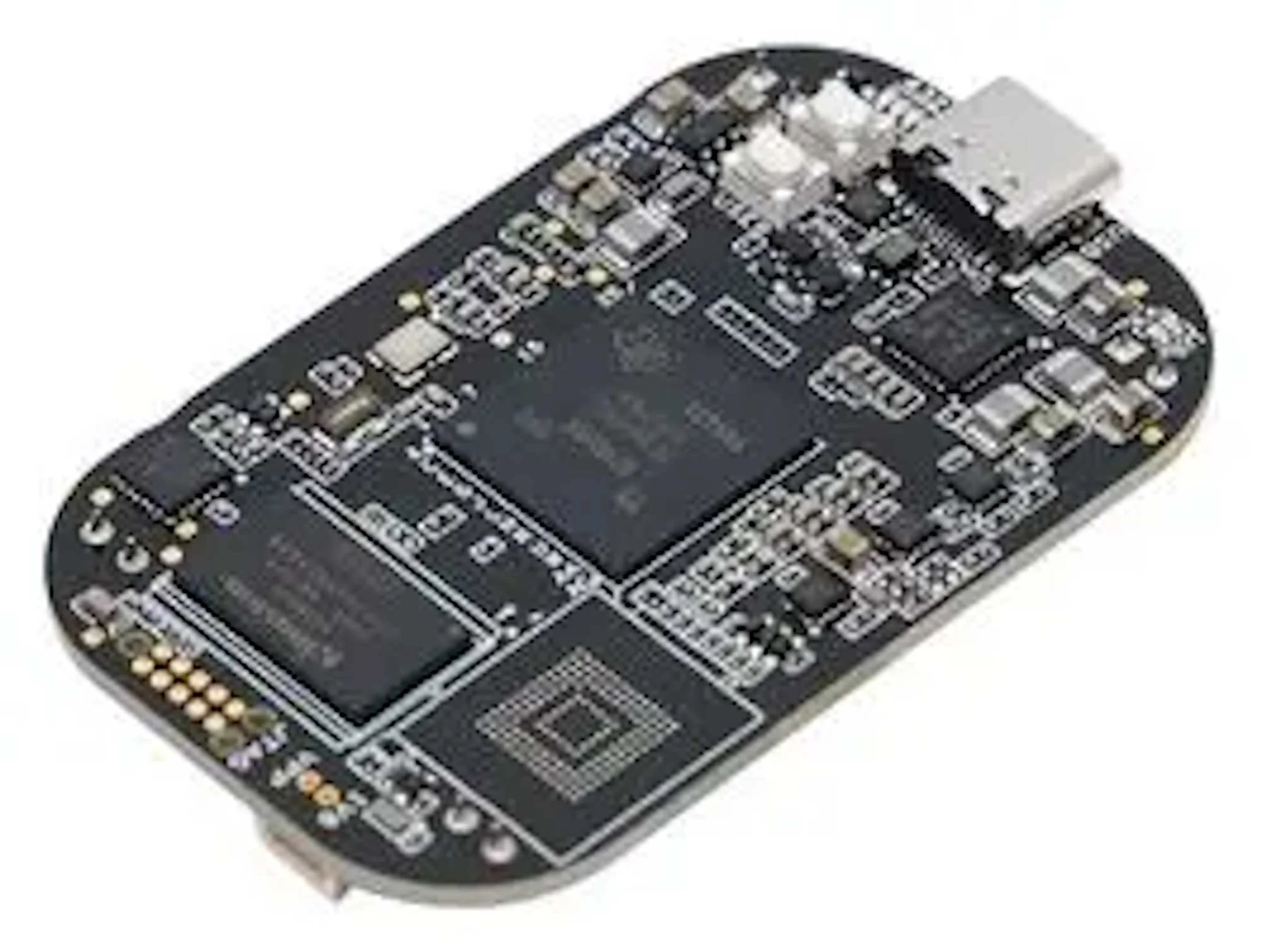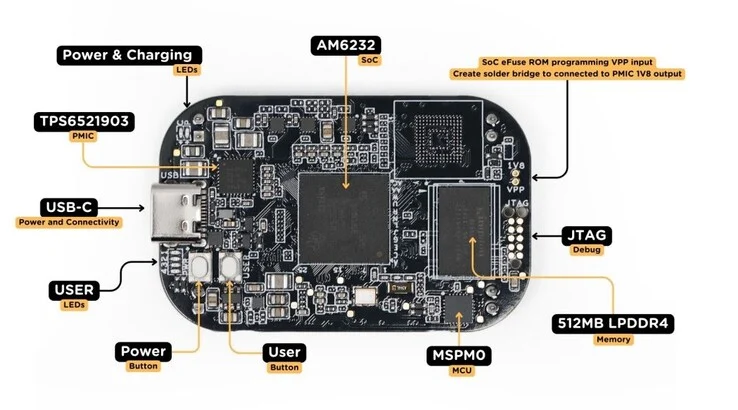Key Takeaways
1. Asus is launching new ‘TrueBlack Glossy’ gaming monitors, the ROG Strix OLED XG32UCWG and XG32UCWMG models, developed in collaboration with LG Display.
2. The TrueBlack Glossy coating features a zero-haze optical layer for vibrant black colors in various lighting conditions.
3. The monitors are scheduled to be available in August in the United States.
4. The ROG Strix OLED XG32UCWMG will be priced at $799, while the XG32UCWG will retail for $949.
5. These prices are competitive compared to the previous ROG Swift OLED PG32UCDM, which costs around $979.99.
Asus has recently shared information about its upcoming ‘TrueBlack Glossy’ gaming monitors, but it’s been less than a month since that announcement. Back then, we noted that Asus withheld details on the pricing and release dates for the ROG Strix OLED XG32UCWG and XG32UCWMG models.
Pricing Information Unveiled
Fortunately, TFTCentral has provided insights into both of these missing details ahead of schedule. To summarize, Asus characterizes its TrueBlack Glossy coating as a product developed, in collaboration with LG Display. They explain that the TrueBlack Glossy film combines a zero-haze optical layer with a sophisticated anti-reflective stack. This zero-haze layer ensures that black colors remain vibrant in all lighting conditions, allowing the monitor to achieve rich blacks, even in well-lit spaces. For gamers who value high-quality visuals during the day, these monitors present excellent options.
Availability and Costs
TFTCentral reports that these monitors are set to launch in August in the United States. According to a tweet from the site, the ROG Strix OLED XG32UCWMG will be the more affordable choice, priced at $799. On the other hand, the ROG Strix OLED XG32UCWG is expected to retail for $949, reflecting its superior resolution and refresh rate.
In simpler terms, the ROG Strix OLED XG32UCWG will have a lower price point compared to the ROG Swift OLED PG32UCDM, which was released last year and now retails for approximately $979.99 on Amazon, featuring Asus’ earlier glossy coating. For more comprehensive information about Asus’ first TrueBlack Glossy gaming monitors, refer to our initial articles on the ROG Strix OLED XG32UCWG and XG32UCWMG launch.
Conclusion
In summary, these upcoming monitors from Asus look promising with their unique coating and competitive pricing. Gamers should keep an eye out for these releases later this summer, as they might just elevate their gaming experience.
Source:
Link



